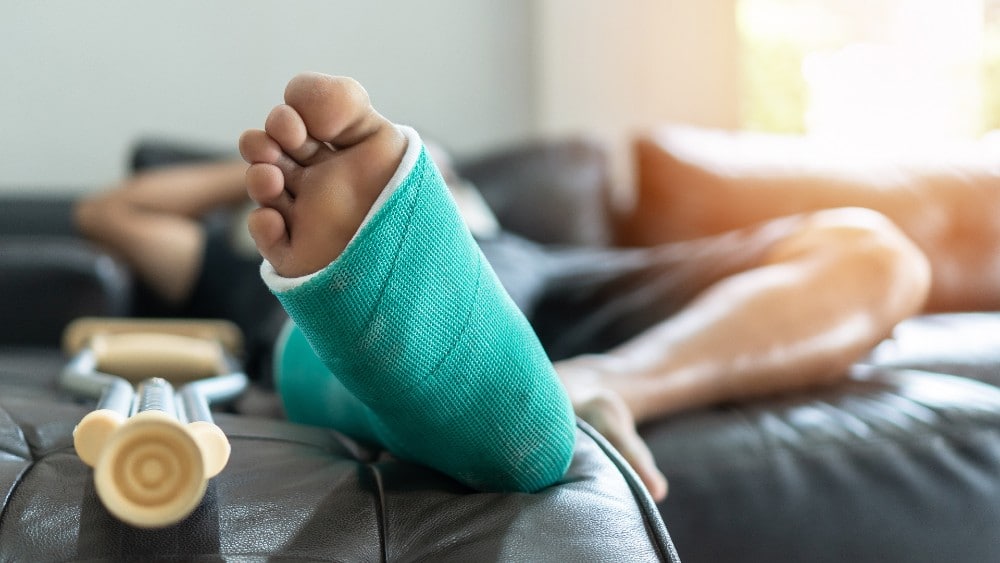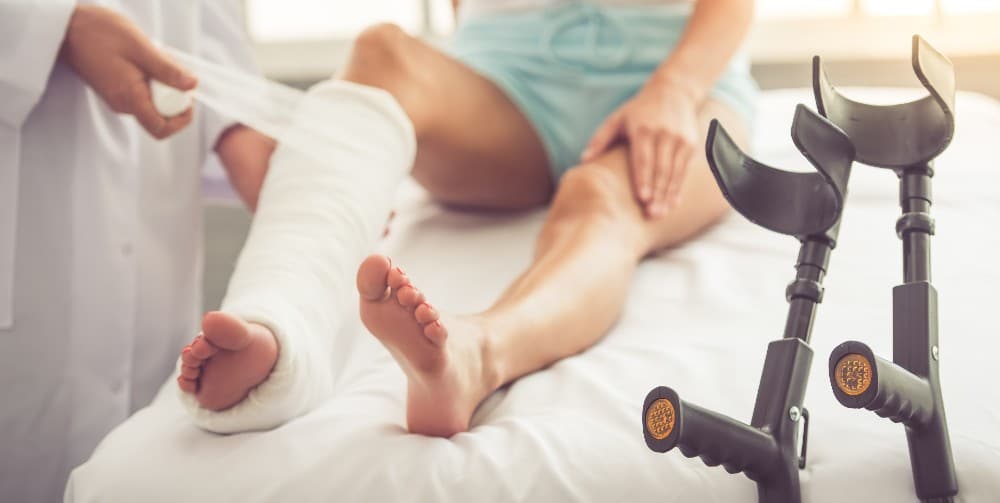Advanced New Therapies To Heal Wounds (and Prevent Amputations)
For most people it not only means a permanent, significant reduction in quality of life, but also the quantity, too. In fact, the shocking reality is that, according to some studies, up to half of those who experience a lower-limb amputation after a diabetic wound live less than five years after the procedure. That rate is worse than even some aggressive cancers.
Yet every year in America, nearly 100,000 lower limb amputations are performed to contain an out-of-control infection due to an ulcer.
But the reality is changing.
What if we told you that, over and over again in the past few years, we’ve been able to save patients from amputations and preserve their limbs—even patients who have been told by other doctors that amputation was the only good option?
It’s true!
Thanks to recent advances in wound care technology, we are making a difference in our patients lives and helping them heal their wounds, reducing their chances of infection, and prevent amputations at higher and higher rates.
There’s a reason Waco Foot & Ankle is consistently recognized as a center for excellence in the treatment of diabetic foot wounds and venous stasis ulcers, and why we continue to draw patients from across the Heart of Texas.
But first, a little background.

Why Are Wounds So Dangerous?
For most people, a blister or cut is really no big deal. You clean the wound, apply a little antibiotic ointment, slap on a bandage and move on.
But for those with certain complicating conditions, even minor scrapes can sometimes refuse to heal, developing into chronic sores. If those sores get infected, cellular tissue can begin to die and the damage can spread. From that point, possible infection and amputation—or a desperate and risky surgery to preserve the limb—may be your only choice.
For example:
- Those with diabetes often suffer from both poor circulation (which impairs immune function and slows wound healing) and peripheral neuropathy, which can dull the senses and prevent you from feeling an injury to your foot. Far too often, this tragic combination makes those with diabetes slow to recognize a problem and fail to seek treatment until the damage is extensive.
- If you have a problem with the valves in your veins (which normally carry deoxygenated blood back to the heart), blood may start to pool in your legs and even flow backward. This buildup of pressure stretches vein walls and can cause blood to leech into surrounding tissues and contribute to chronic wounds that are often difficult to heal.
When these wounds emerge, it is absolutely crucial that they are treated and healed as quickly as possible. The longer you have a sore on your foot or leg, the more likely you are to develop a spreading infection. And once that infection spreads, your options may be limited.
A New, Advanced Treatment Option
Because of the extremely serious nature of diabetic wounds and venous stasis ulcers—and how common they are—we take wound care very seriously in our practice. Being at the forefront of the latest medical advances is something that’s very important to us.
One of the most significant advances in wound healing technology is the use of an amniotic allograft membrane graft. This is technically classified as a “wound covering,” but that phrase hardly does it justice. It doesn’t just cover and protect; it actually accelerates the natural healing process, which in turn significantly reduces the risk of both infection and amputation.
This is a fresh cellular amnion membrane containing living, viable cells. Unique to this type of regenerative product, it is preserved without dehydration—which helps it maintain the highest possible concentration of active growth factors, cytokines, and extracellular matrix proteins.
You might not know what those things are, of course, but trust us—it’s very good news.
These proteins and cellular materials, found in abundant supply in the amniotic material the nourishes and protects children in the womb, play a critical role in helping your body:
- Regenerate cellular tissue
- Form new blood vessels
- Reduce inflammation
In short, this advanced wound graft helps support faster, more natural wound healing by giving your body exactly the tools and nutrients it needs to repair itself.

Let Us Help You Avoid a Preventable Amputation
Unfortunately, there’s no way to fully guarantee that a wound will not get infected, or an infected wound can be contained before an amputation is required to save your life.
And of course, the best way to prevent amputations is still to prevent wounds in the first place. Managing your diabetes, checking your feet every day, getting regular diabetic foot checkups, and wearing your diabetic shoes are just some of the ways you can do this—and we are very happy to help you.
When a wound does appear, the best thing you can do is seek help right away from a professional who can provide advanced wound care. Time after time, we’ve been able to help patients with serious chronic wounds make a full recovery—even in situations where, just a few years ago, amputation would have seemed like a sure bet.
And the sooner you act, the sooner you can heal—and the sooner you can get back to doing what you love to do.
To schedule an appointment with the advanced wound care experts at Waco Foot & Ankle, please call our office today at (254) 776-6995.
